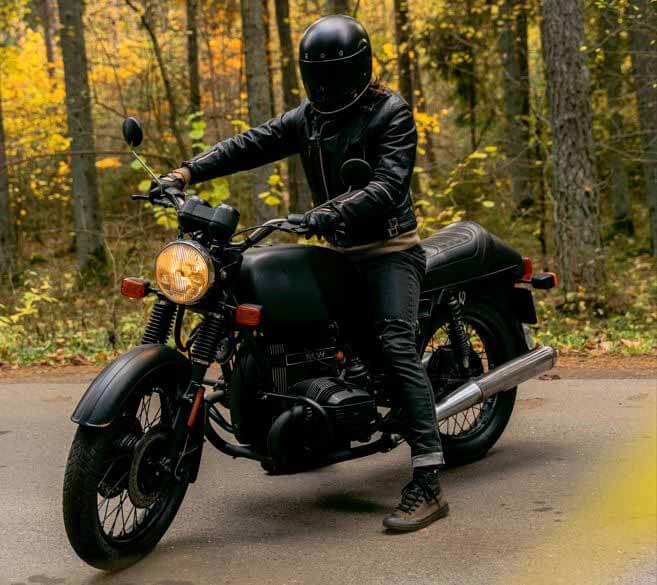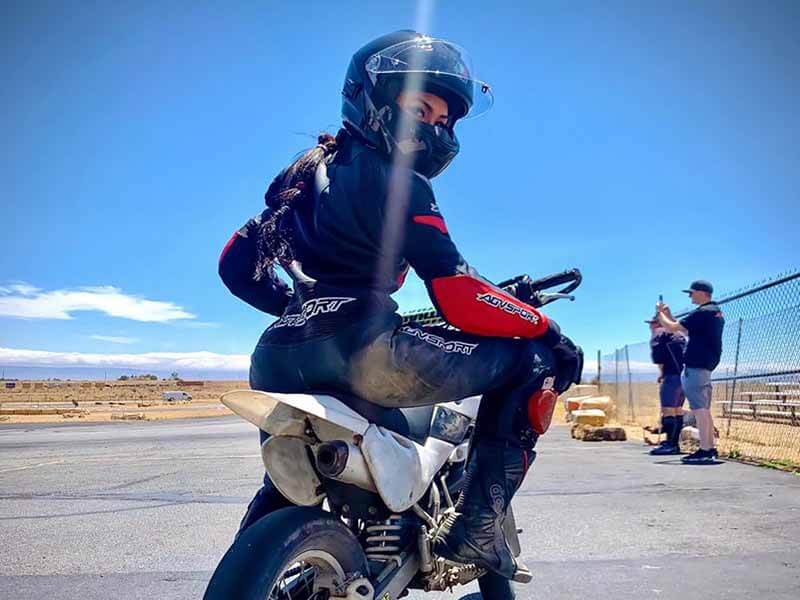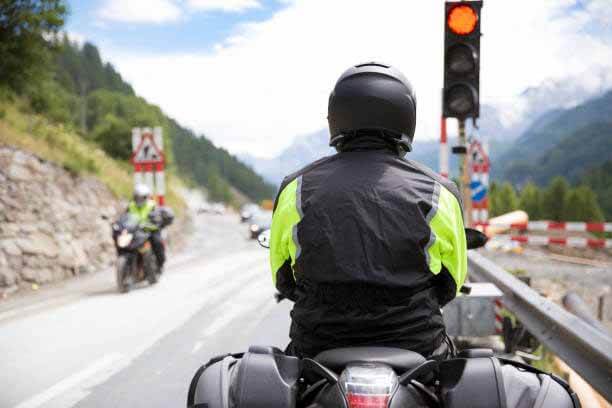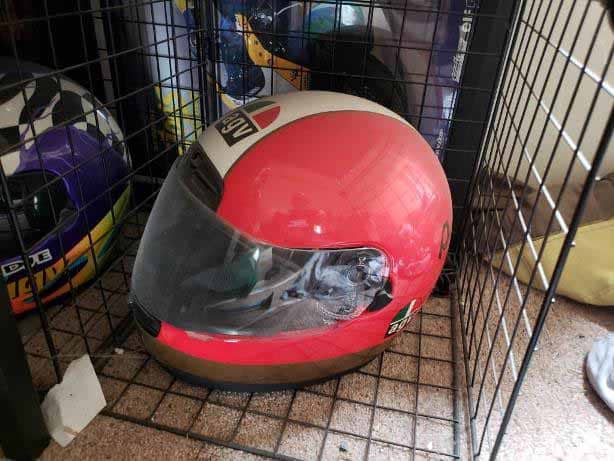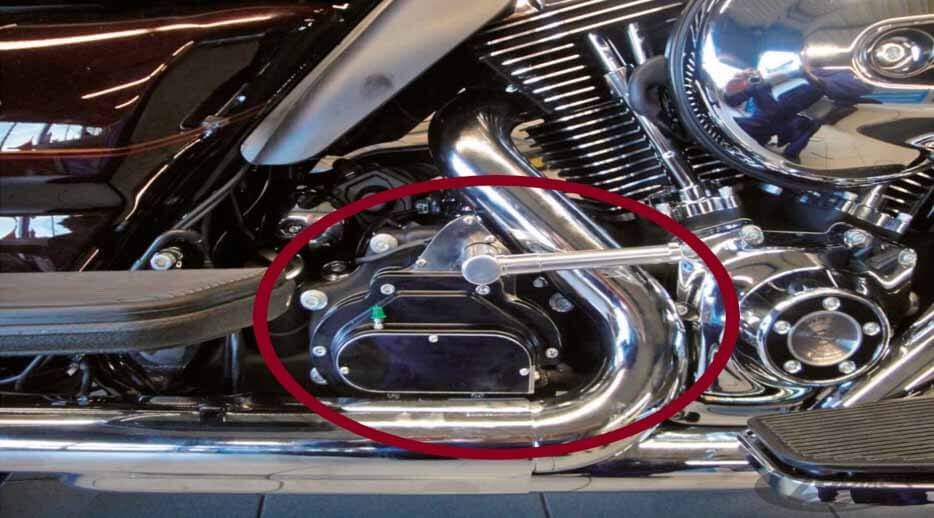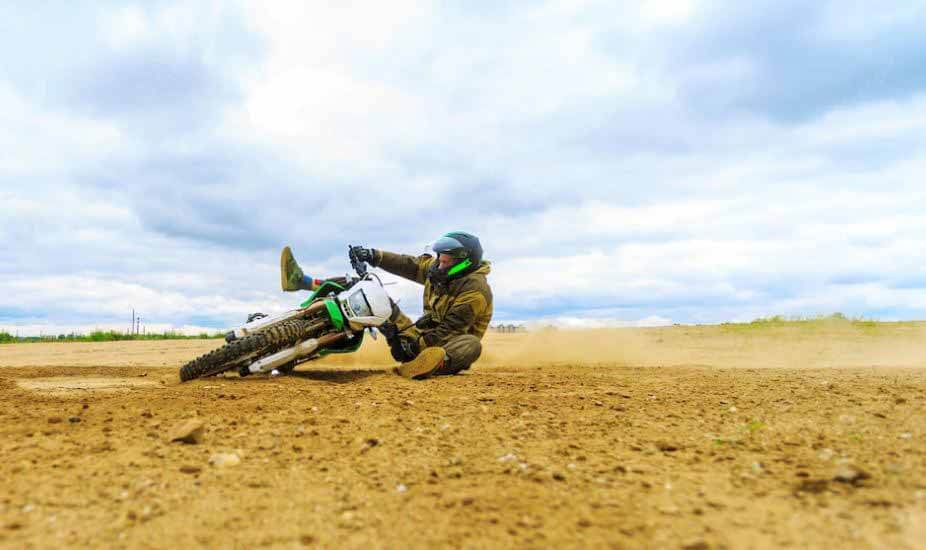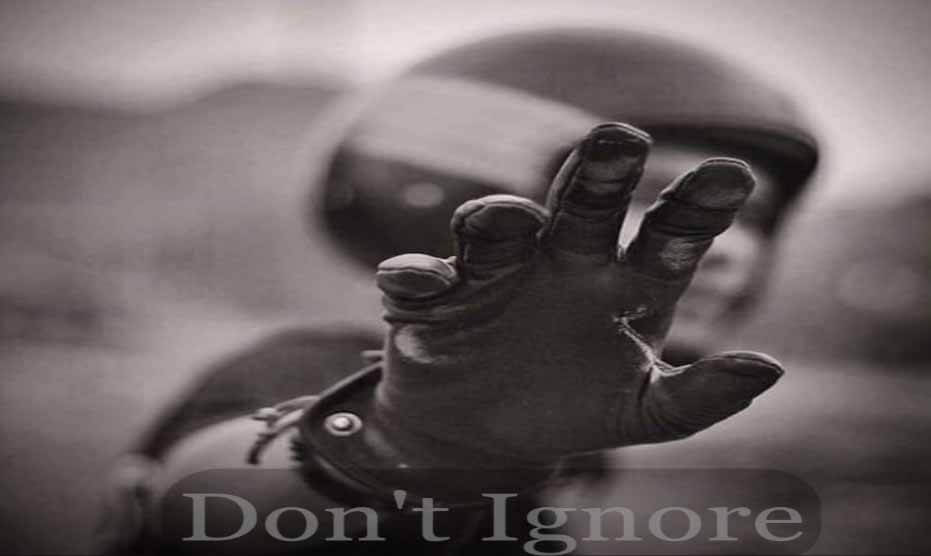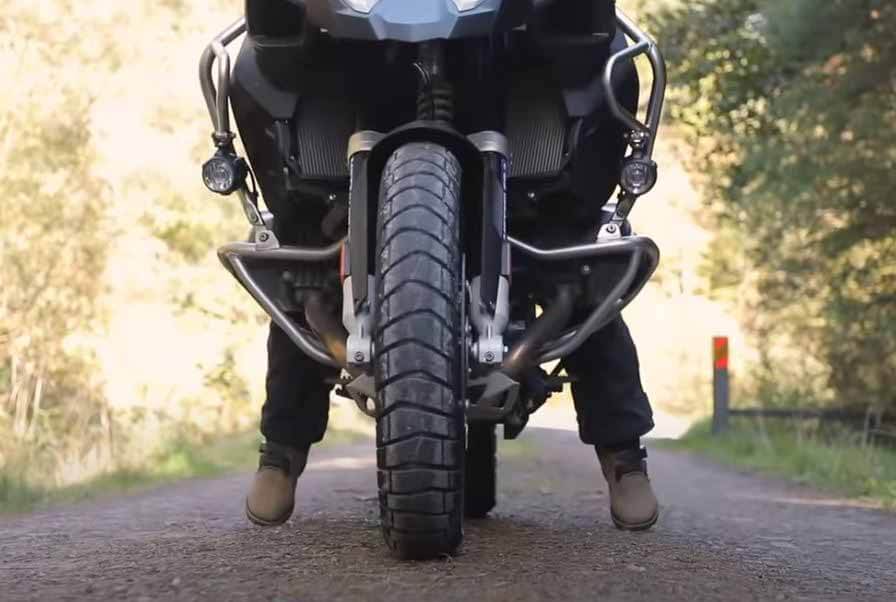Motorcycle Slow Riding Techniques You Should Know
Do you find it hard to balance your motorcycle while riding slow? Do you experience weaving and wobbling? Do you find it hard to turn while slowly riding? If this sounds like something you are familiar with, then you are in the right place. First, let’s start by saying that speed creates stability because of […]
Motorcycle Slow Riding Techniques You Should Know Read More »

